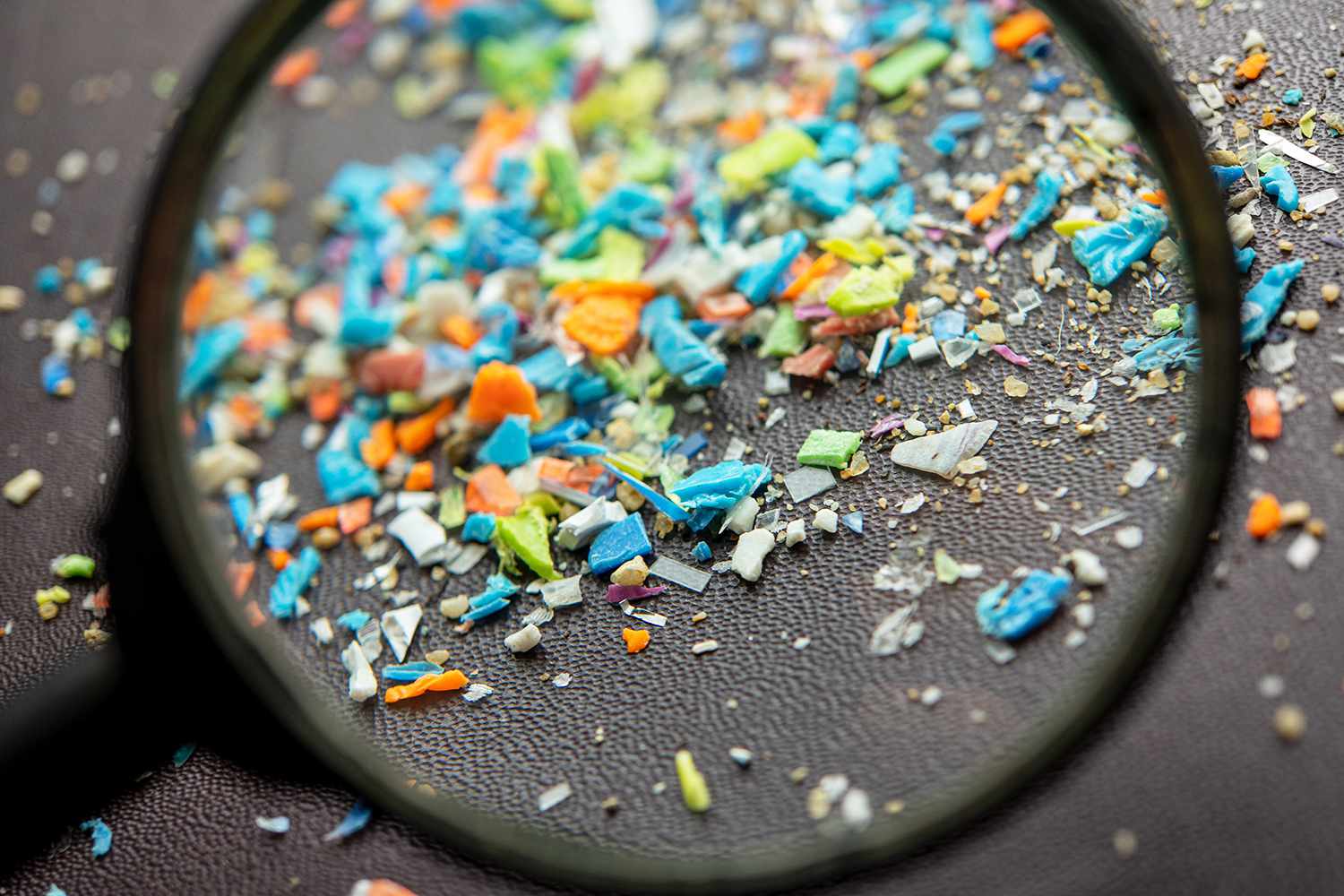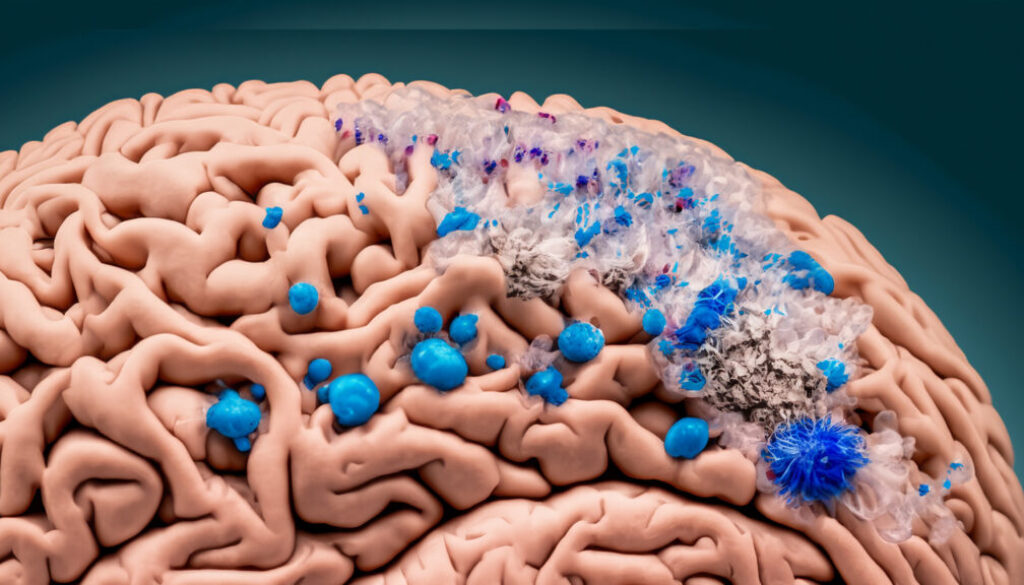In early 2024, a study revealed that human brain samples collected at autopsy contained significantly more tiny shards of plastic than samples collected eight years earlier. The concentration of plastic in the brain tissue of individuals aged around 45 to 50 years old was reported to be 4,800 micrograms per gram, which is approximately 0.5% of the brain’s weight.
This represents a 50% increase compared to brain samples from 2016. However, the study, which has not yet undergone peer review, does not provide evidence of brain damage linked to this increase in plastic exposure.
The study raised questions about whether these plastic particles accumulate in the brain over time or if they are continuously entering and leaving the brain without causing harm.
Experts stress the need for further research to understand how these particles interact with brain cells and whether they have toxicological effects. Interestingly, the brain samples analyzed contained 7 to 30 times more plastic than samples taken from the kidneys and liver of the same individuals.

The discovery of microplastics in various organs, including the heart, lungs, liver, and even the placenta, underscores the widespread presence of plastics in the human body. Experts caution against alarm, noting that while plastic is pervasive in modern life, it is essential to reduce exposure where possible, such as avoiding plastic bags and bottles. The American Chemistry Council pointed out that current evidence does not conclusively demonstrate a health risk from microplastics in food.
The study involved examining brain, kidney, and liver tissues from 92 people who underwent forensic autopsies in both 2016 and 2024. Researchers found that smaller nanoplastics were more likely to accumulate in the brain, while larger particles tended to be filtered by the liver and kidneys.
Nanoplastics, which are tiny enough to invade individual cells, are particularly concerning for human health because they can cross the blood-brain barrier and potentially disrupt cellular processes.
Diet appears to be the primary route through which micro- and nanoplastics enter the human body, though inhalation is also a significant factor. For instance, microplastic particles can be released into the air from car tires and ocean waves. These particles have been linked to various health risks, including exposure to harmful chemicals like endocrine disruptors, which can affect reproductive health.
The predominant type of plastic found in tissue samples was polyethylene, commonly used in plastic bags, films, and bottles. This type of plastic was found in greater quantities in the brain than in the liver or kidneys, raising concerns about its potential health impacts. Polyethylene is associated with the release of 1,4-dioxane, a solvent considered potentially carcinogenic to humans.
Experts emphasize the need for more research to determine the full extent of the harm caused by microplastics and nanoplastics. While the exact health risks remain unclear, the presence of these particles in major organs, including the brain, suggests they may carry toxic chemicals that could interfere with cellular functions and hormonal balance.
To mitigate the potential risks of plastic exposure, individuals are advised to take steps to reduce their plastic footprint. This includes avoiding heating food in plastic containers, using cloth or paper bags instead of plastic ones, and opting for glass or metal drinkware. By making these changes, people can minimize their exposure to microplastics while also contributing to broader environmental efforts to reduce plastic pollution.
